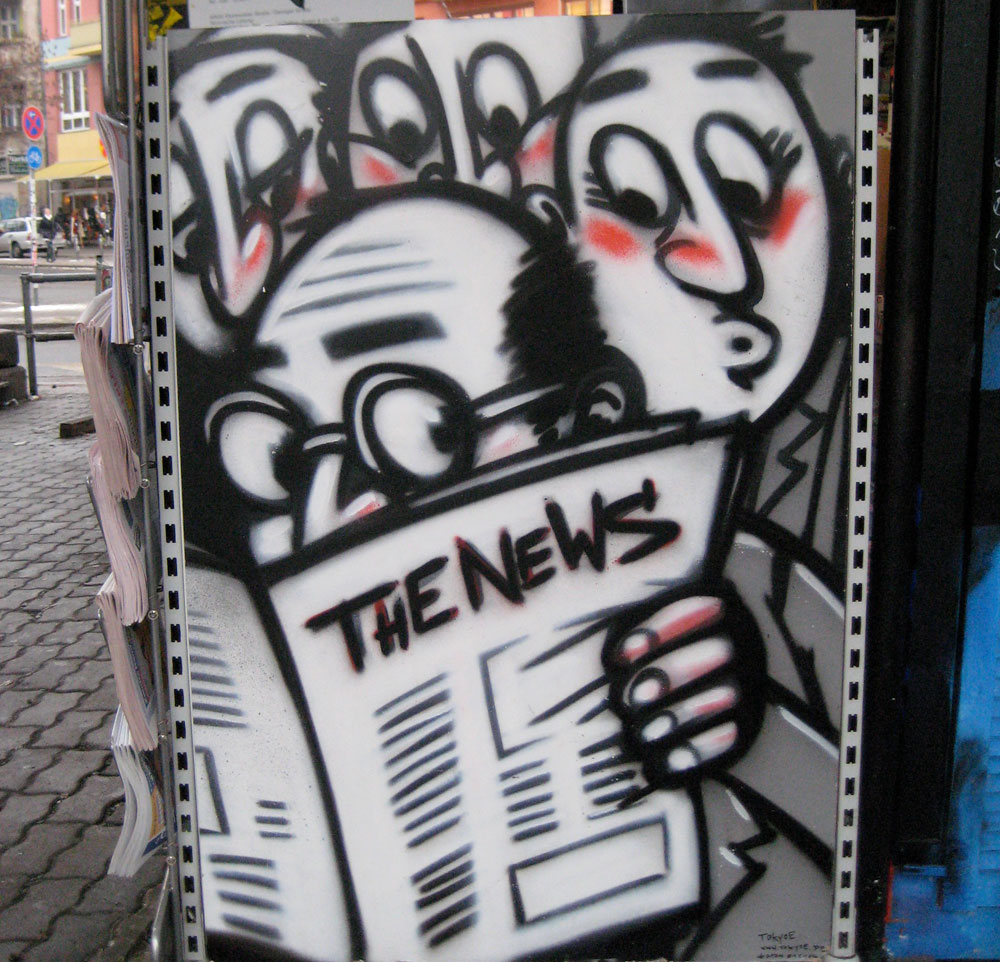August 12, 2011; Source: Washington Business Journal | Back in 2009, when the recession was in full swing, the Washington Business Journal did a story on five new nonprofit theaters in the Washington, D.C. area: The Hub, Doorway Arts Ensemble, Ambassador Theater, Factory 449, and theHegira.
With more than 70 other local professional theater companies in operation and competing for arts dollars, the article highlighted how these five organizations “defied the recession” by making it through their first year. Now, two years later and with 12 additional theater companies in the area, a recent follow-up story provides an update on these theaters, all still in operation, and offers a list of four tips for small arts organizations navigating similarly challenging courses:
Grow gradually: The Hub had to cancel a production in the 2009-2010 season because of lack of financing but has since gotten a line of credit and a credit card as a safety net.
Fundraise creatively: Doorway Arts Ensemble recently launched a successful silent auction featuring actual items from productions.
Sign up for our free newsletters
Subscribe to NPQ's newsletters to have our top stories delivered directly to your inbox.
By signing up, you agree to our privacy policy and terms of use, and to receive messages from NPQ and our partners.
Partner for space: Two theaters, The Hub and Doorway Arts Ensemble, partnered with local educational institutions that have given them access to space.
Establish a clear organizational niche: Forging a recognizable artistic identity has been an important way for each organization to avoid overlap with other theaters and to develop a base of support. For example, theHegira features work by women of color.
Michael Kaiser, president of the John F. Kennedy Center for the Performing Arts, suggested in a recent piece in the Huffington Post that it is small arts organizations—as opposed to the giants such as the Kennedy Center—that are “more often the crucibles for new exciting artists and art forms.” That makes it all the more important that small arts nonprofits learn how to survive these tough times.—Anne Eigeman













